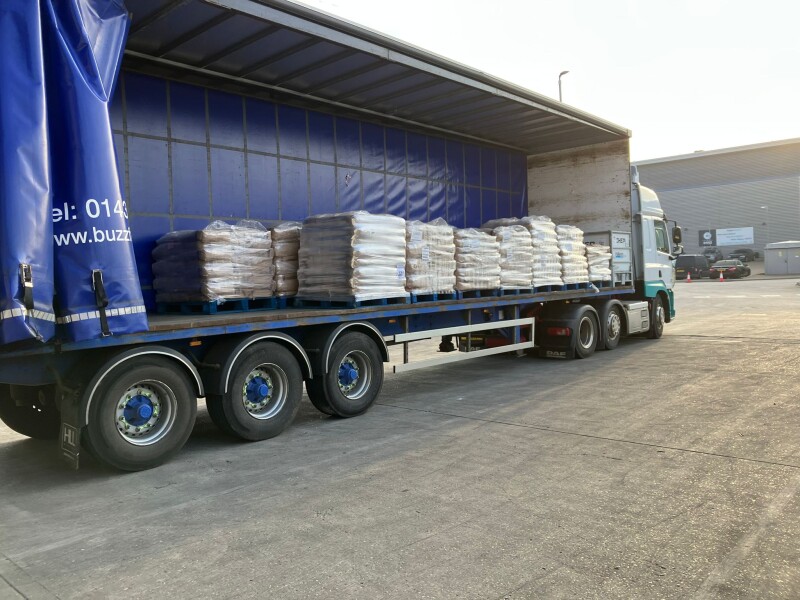Properly preparing pallets for delivery is crucial for ensuring that your goods arrive at their destination on time and in good condition. As experts in freight delivery, we understand the importance of this process and want to share our knowledge with you. In this ultimate guide, we will explain why proper preparation is essential and provide you with a step-by-step guide on how to pack a pallet correctly. By following our tips, you can save time, money, and avoid unnecessary stress. And if you need assistance with your freight delivery, our team of experts is always available to help you get your pallet from point A to point B.
Why should you pack a pallet properly?
Moreover, if your pallet is not packed and secured correctly, the driver may refuse to deliver it. This could result in you having to spend time repacking the pallet, causing you to miss your delivery slot. In the fast-paced world of logistics, timely delivery is crucial, and you don't want to be caught off guard. By preparing your pallet correctly, you can minimize the risk of damage and refusal, ensuring efficiency throughout the delivery cycle. Follow our ultimate guide on how to prepare pallets for delivery to ensure a seamless delivery experience.
How to prepare your pallets for delivery
1. Inspect the pallets
Before preparing pallets for delivery, it is important to inspect them thoroughly. Check for any damages, such as broken boards or loose nails, and make sure they are sturdy enough to hold the weight of the goods.
2. Clean the pallets
Clean the pallets to remove any dirt, debris, or stains that may have accumulated during storage or transportation. Use a pressure washer or a stiff brush to scrub the pallets clean.
3. Sand the pallets
Sanding the pallets can help to smooth out any rough edges or splinters that may cause damage to the goods during transportation. Use a sanding block or an electric sander to sand the pallets.
4. Apply a protective coating
Applying a protective coating to the pallets can help to prevent damage from moisture, insects, or other environmental factors. Use a sealant or a paint to coat the pallets.
5. Label the pallets
Labeling the pallets can help to identify the contents and destination of each pallet. Use a permanent marker or a label maker to label the pallets clearly.
6. Secure the goods
Before loading the goods onto the pallets, make sure they are properly secured to prevent any damage during transportation. Use straps, shrink wrap, or stretch wrap to secure the goods to the pallets.
7. Stack the pallets
When stacking the pallets, make sure they are stacked evenly and securely to prevent any shifting or toppling during transportation. Use pallet jacks or forklifts to stack the pallets safely and efficiently.
8. Prepare for delivery
Once the pallets are prepared, make sure they are ready for delivery. Coordinate with the shipping company to ensure that the pallets are delivered to the correct destination on time and in good condition.
Top tip for pallet heights:
The height of your pallets will depend on the weight and size of your shipment, as well as any restrictions from the shipping carrier. Generally, pallets should not exceed 72 inches in height, including the height of the pallet itself. It's also important to evenly distribute the weight on the pallet and secure the load with proper strapping or wrapping.


